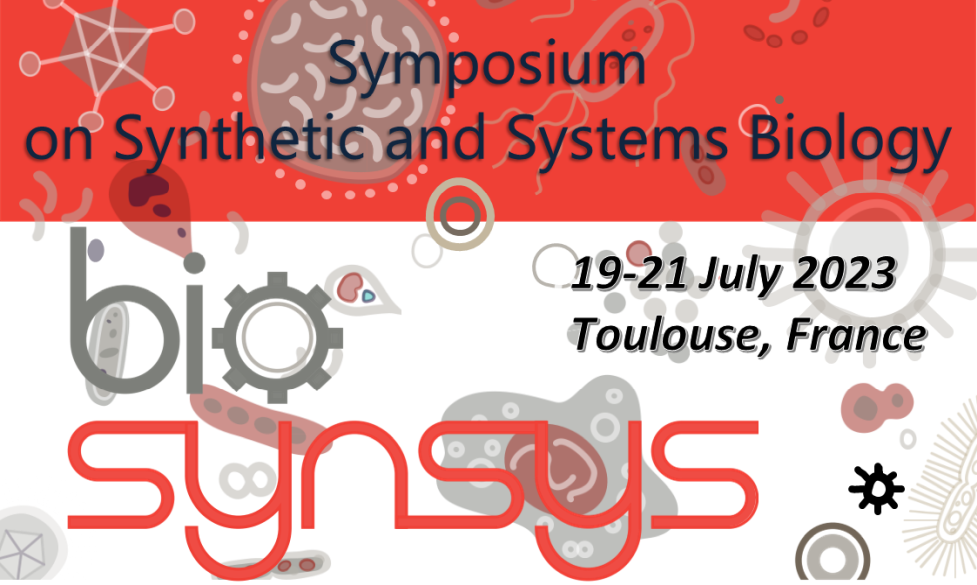Biosensors have emerged as a promising solution in the quest for fast and precise biomarker detection methods. By combining a biological component with a transducer, biosensors can convert biological interactions into measurable signals. Biosensors offer several advantages, including high sensitivity, rapid detection, and the potential for miniaturization. Cell-free-based biosensors bring additional benefits, such as enhanced control, rapid prototyping, modularity, and improved safety. These advantages further enhance the capabilities and potential applications of biosensors based on cell-free systems. This technology enables the detection and quantification of specific biomolecules in various samples, including blood, urine, or tissue.To increase the sensitivity of biomarker detection methods, several strategies can be employed. One of them is to utilize multimodal approaches by combining multiple detection techniques. By integrating different methods, the overall sensitivity can be improved, as each technique contributes to the specific signal detection. Additionally, advanced data analysis techniques, such as machine learning algorithms, can enhance sensitivity of biosensors. These algorithms enable better discrimination of distinct signals, leading to more accurate biomarker detection.To address this, here we introduce the concept of a multi-modal biosensor perceptron, which can detect diverse molecular species such as proteins, metabolites, and RNA, and consolidate their responses into a single output. To enhance the sensitivity of the biosensor perceptron towards a desired target output, we sampled combinations of range of weights representing different concentrations of biosensor elements. Through this process, we strive to identify the optimal combination of weights that effectively amplify the presence and absence of each biomarker by machine learning methods called active learning. By iteratively testing and refining these group of weights and feeding our model, we can ascertain the most suitable group of weights for our perceptron toward distinct objective targets.

|
|
|
|
Multimodal perceptron for biosensors
1 : Micalis
AgroParisTech, Université Paris-Saclay, Institut National de Recherche pour l’Agriculture, l’Alimentation et l’Environnement
2 : Centre de Biologie Structurale
Université de Montpellier, INSERM, CNRS, Centre de Biologie Structurale, 34090 Montpellier, France
3 : Genoscope
Génomique Métabolique, Genoscope, Institut François Jacob, CEA, CNRS, Univ Evry, Université Paris-Saclay, 91057 Évry, France
|
 PDF version
PDF version
